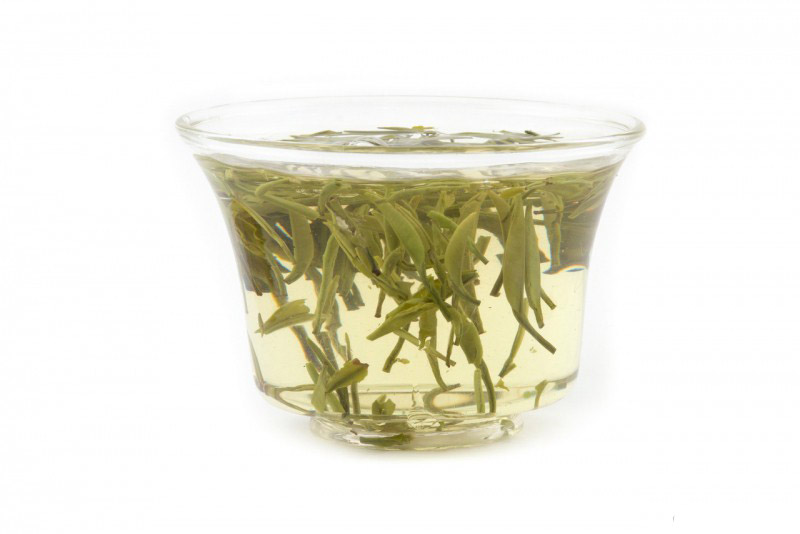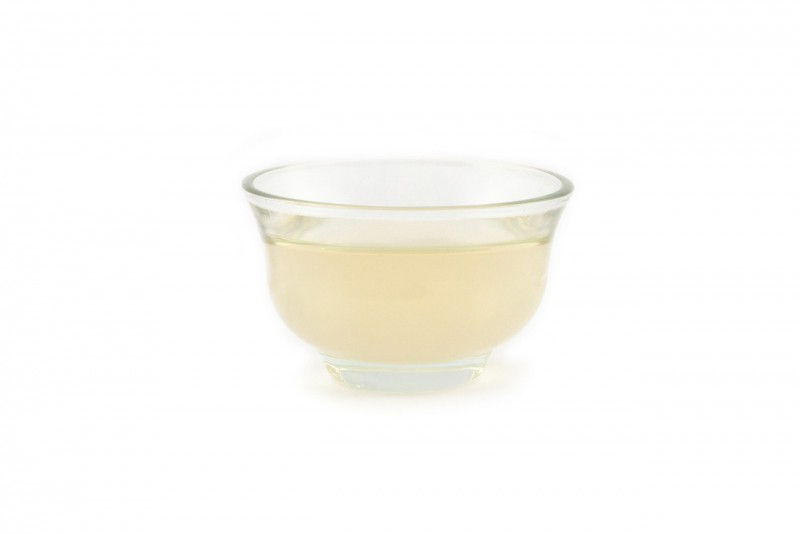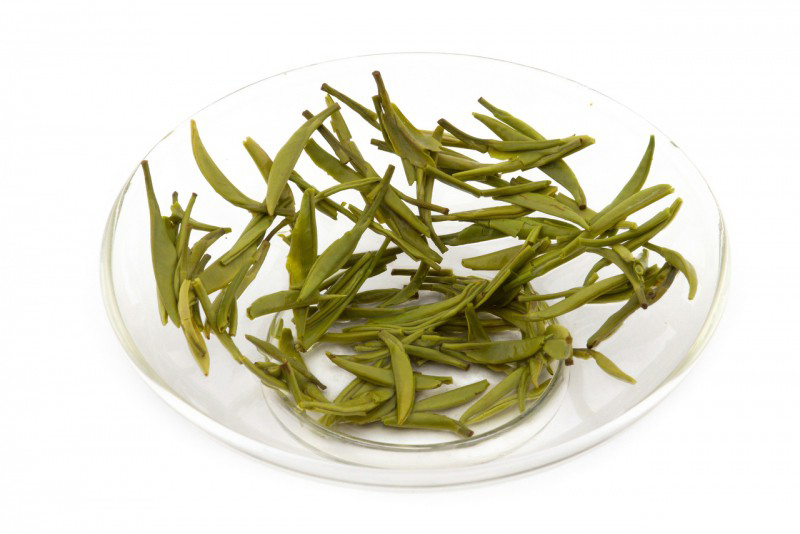The Spirit of Chinese Civilization - Yellow Tea
Due to the fact that this variety was hidden from foreigners for a long time, it is little known outside of China. It has only a few types: there is bud tea - Jun Shan Yin Zhen (Silver Needles from Mount Jun Shan), Yin Zhen (Silver Needles), Mei Ding Huang Ya, as well as leaf tea, which is divided into "small" and "large tea leaves" - Huo Shan Huang Ya, Bei Gan Mao Jian.
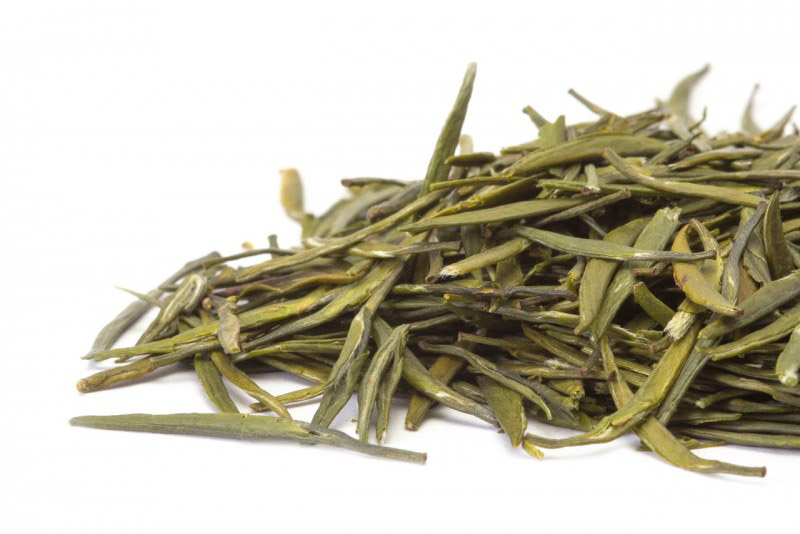
In terms of fermentation level, this tea is third after green tea, at about 7-10%. It is made from high-quality raw materials, mainly in the Chinese province of Fujian.
Initially, yellow tea in China was consumed exclusively by the imperial family, and later by high-ranking officials, which was associated with religious ceremonies.
It is believed that it reflects the inner essence of Chinese civilization, and that is why it is so valued and is so “inner”, so secret.
The thing is that the symbol of civilization is the "tree of life", the tea tree. And it reflects the triune structure of the world, tells about the relationship between Heaven, Man and Earth. The juices of the Earth, the ancestors go from the roots along the trunk, to the crown. And the idea of achieving Heaven, immortality, is key to the Chinese civilization. The Jun Shan Mountains are the place where the sages went who gained immortality. And a person who drinks yellow tea comprehends eternal truths and can achieve perfection.
That is why they executed people for exporting yellow tea, essentially for exporting the Spirit of civilization, because that is what this tea is.
In Europe, this tea variety is practically unknown, Russia is one of the first countries to recognize yellow tea. In the 30-60s of the 19th century, its export to Russia was allowed in exchange for sable fur. At the very end of the 19th century - the first half of the 20th century, this tea periodically penetrated into Western Europe, when China, for political reasons, allowed its export in limited quantities. Since the beginning of the 60s, China has again embarked on the path of the previous policy of sharply limiting the quantity and range of teas exported beyond its borders, and yellow tea was the first on the list of those prohibited for Europe. Its production on the domestic market also decreased. Undoubtedly, such a policy of the ruling circles of China gave rise to many legends regarding this tea outside the country and fueled the already enormous interest in it throughout the world.
Manufacturing processes
It is made from high-quality raw materials: only from dense and undamaged buds. The raw materials are collected manually in late March - early April in accordance with the rules that have become a whole tradition, starting with the fact that tea cannot be collected on a rainy day, and ending with a detailed description of the collected tea buds, right down to the size and color. The process itself consists of the following stages:
1) "Green picking" is the process of decomposing chlorophyll, which gives the infusion a grassy taste. Tea buds are spread out in a thin layer under the slanting sun. In Sichuan Province, on plantations located on Mount Meng, another type of green picking is common - steamed, Meng Ding Huang Ya is steamed.
2) Next, after the withering, there is a drying process, during which the tea leaves noticeably decrease in size and become greener (which is why this action is called "returning green"), but the color of the tea is no longer grassy. The process lasts for several hours, and to prevent the tea from becoming rotten, it is constantly stirred.
3) The key stage is languishing, during which essential tea oils are released and the tea is given its characteristic aroma. This occurs in bronze vats without oxygen at an average temperature of about 72°C.
4) Then the tea is dried and packaged. Drying takes place for several minutes in special smokeless cabinets on bamboo sieves at a temperature of 90° - 95°C.
This complex process requires high skill, as it is necessary to very carefully monitor the temperature regime, the rate of leaf fermentation. Such knowledge is passed from father to son, the tea is made in small batches completely by hand, which determines its rarity and highest quality. The production of such tea is unprofitable, although it belongs to the category of the most expensive and elite.
Quality of yellow tea
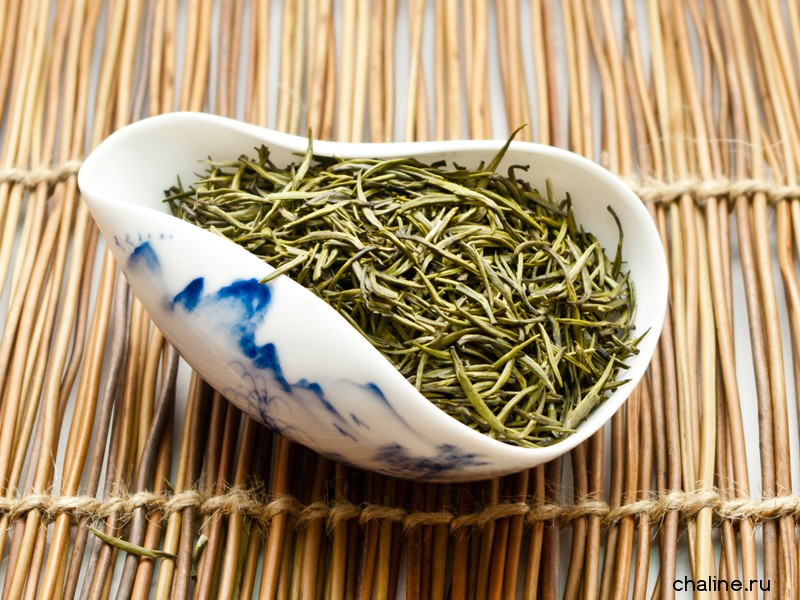
The quality of yellow tea is determined by several categories: dry tea consists only of buds with smoothed white fluff (due to heat treatment). Tips should not be bright green (indicates that the process of killing greenery is disrupted, and the infusion will have a grassy taste). Tea leaves should not be gray (overdried, dusty, old tea). The aroma of smoke is not allowed (the tea is overroasted). When kneading between fingers, if the tea is easily (crumpled into pellets) - it is not dried enough, if it turns into dust - it is overdried (often accompanied by the aroma of smoke), normally prepared raw materials break into pieces.
High quality raw materials and a weak degree of fermentation determine the content of a large number of vitamins, microelements, amino acids, polyphenols, etc. It relieves spasms, headaches, activates the body's defenses. Its peculiarity is that it contains more caffeine than green tea, due to which it perfectly invigorates, restores fatigue.
The aroma, with its inherent smoked notes, is unique. The tea leaves are covered with white fluff, dark olive color with silver fluff, approximately the same size, the same color, the buds are whole. The infusion is transparent, yellowish-amber. It has a pleasant taste. Also, the infusion of yellow tea gives a pinkish edge in the cup, by which it is easy to identify such tea. The taste is sweetish, but not excessive, invigorating.
Brewing rules
Requires a certain brewing method, improper brewing can ruin the tea. You need to pour soft, not hot water (65-80 °C, but it must be boiled, otherwise it will be "raw") - steep boiling water will kill all the smells and nutrients, and such tea will also be bitter. It is preferable to brew in a glass - tea buds during brewing float up and down several times vertically, you can appreciate the "dance of tea leaves". For 150 ml of water take 5-7 grams of tea, you can brew tea several times. If you follow the Chinese brewing tradition, then the first three or four times the tea should be poured with a normal amount of water, then this amount should be gradually reduced. Since a pink coating from the infusion is a sign of the authenticity of the tea, you can use white porcelain or glazed ceramics.
Storage rules
Tea should be stored in a dry place, in a well-closed ceramic container with a well-ground lid. Tea should not be stored near smelly products, as it absorbs foreign odors very quickly. It is stored for about a year, and loses its qualities over time. In the light, tea loses almost all of its properties after a month.
- Комментарии
- Вконтакте





